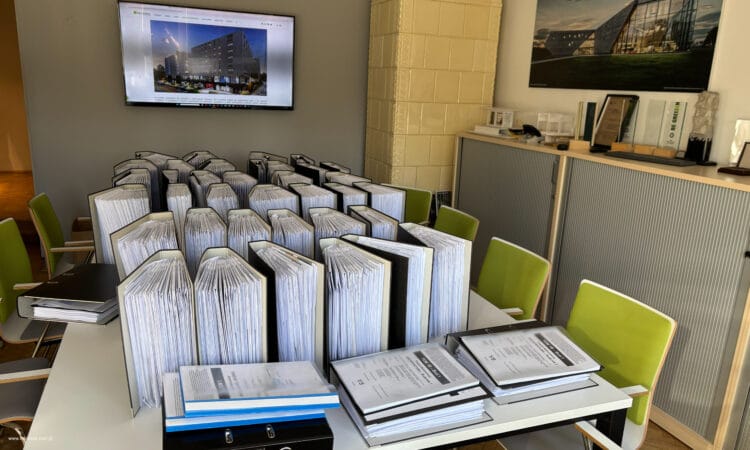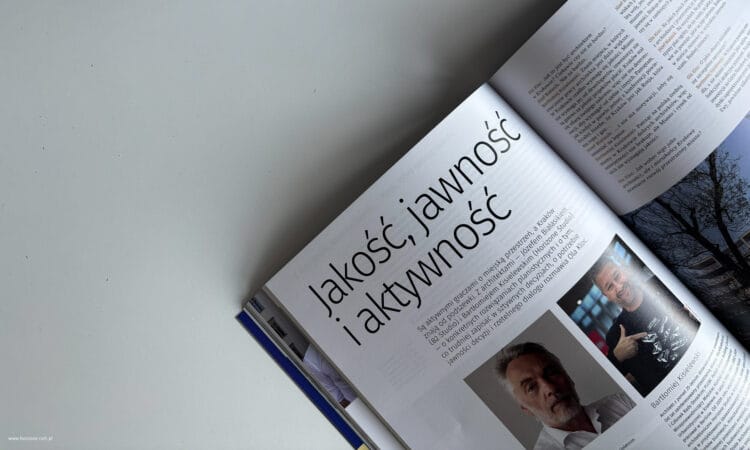The Polish Aviation Museum was designed by the team of Pysall.Ruge Architekten and Bartlomiej Kisielewski (co-owner of Horizone Studio). Arup Polska was the structural designer.
The Museum building, financed in part by EU funds, was put into use in October 2010. It performs representative and exhibition, office, and scientific and conference functions. The investor of the building is the Museum of Polish Aviation – a cultural institution of the Malopolska Region.
The modern building creatively refers to the historical landscape of the former airport. The building is mostly finished using exposed architectural concrete, in two colors: light gray and anthracite. According to the project’s authors, the monochromatic large-format concrete surfaces are to serve as a background for the exhibits and architectural details placed inside the building.
See also:





